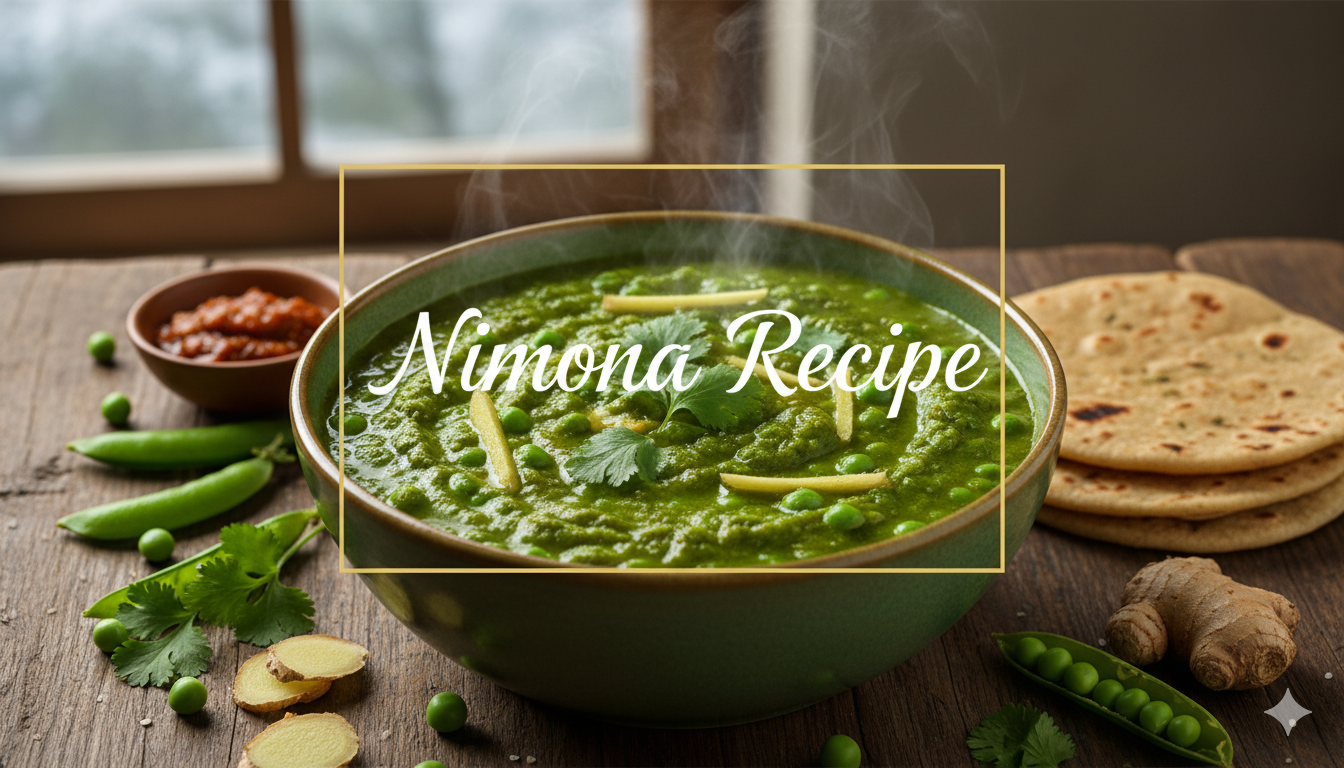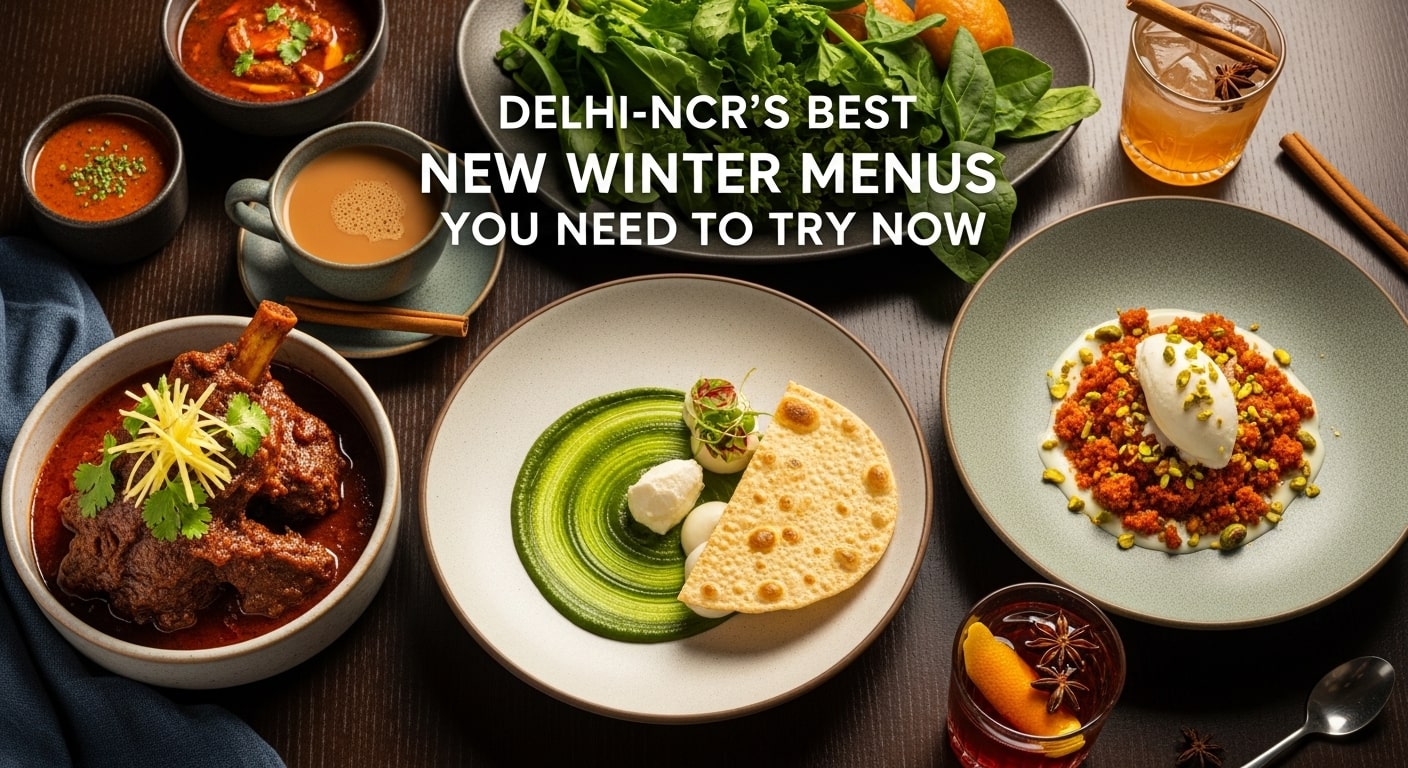Cinnamon is a truly global spice that appears to combat a truly global ailment - high blood pressure
Few aromas are quite as seductive, or as warmly enveloping, as that of cinnamon, the fragrant bark of the eponymous tropical tree. Just half a teaspoon added to cakes, biscuits or puddings fills the kitchen with an intoxicating scent guaranteed to stimulate the appetite and raise the spirits.
One of the most versatile spices, and therefore a store-cupboard essential, cinnamon can take you on a savoury journey through the Levant, Africa, China and the Indian subcontinent, adding fragrance to stews, curries, and rice dishes; or down a sweeter northern European trail, where it is dangerously effective at transforming a pile of flour and sugar into something utterly addictive. It's easy to overdose on cinnamon simply because it is so pungent, so use it with restraint, or you may be put off it for life.
Why is cinnamon good for me?
A well-used spice in Indian ayurvedic medicine, recent research confirm its healing properties. Researchers at the University of Toronto found that consumption of cinnamon can significantly reduce blood pressure, particularly in people diagnosed as pre-diabetic or type 2 diabetic. Cinnamon seems also to have a beneficial impact of blood-sugar levels, possibly because it aids glucose control by enhancing the effectiveness of insulin. Cinnamon also kills off bacteria that cause gum disease. In Sri Lanka, cinnamon sticks are used as toothpicks.
Where to buy and what to pay
Whether in sticks (curls of bark), or ready ground, cinnamon keeps well, so it makes sense to buy it in larger bags from Asian and Middle Eastern grocers or Chinese supermarkets. These work out much cheaper than measly quantities sold in glass jars. Guide price: 99p/100g packet.
Joanna Blythman is the author of What To Eat (Fourth Estate, £9.99). To order a copy for £7.99 with free UK pandp, go to theguardian.com/bookshop
Cinnamon biscuits
These delicious biscuits are a breeze to make and are comforting and warming at this time of year of sneezes and colds. They make a great afternoon tea treat or go very nicely with ice-cream.
Makes 30
1½ tsp cinnamon
A pinch of salt
85g flaked almonds, chopped
125g plain flour
110g butter, plus extra for greasing
75g honey
150g soft light brown sugar
75g golden syrup
Juice of a half a lemon
1 Preheat the oven to 180C/350F/gas mark 4. Grease 2 baking trays.
2 Put the cinnamon, salt and almonds in a bowl and sift the flour on top.
3 Melt the butter, honey, sugar and syrup in a pan, bring to the boil, then take off the heat and sit for a couple of minutes before pouring it over the flour mixture with the lemon juice. Stir to amalgamate and then drop small teaspoonfuls of the mixture on to the baking trays about 5cm apart, as they will spread.
4 Bake a tray at a time until they are light brown around the edges. Allow to cool a little on the tray before transferring to a cooling rack.
5 Repeat with the rest of the mixture.
Rosie Sykes is head chef of Fitzbillies (fitzbillies.com) and co-author of The Kitchen Revolution (Ebury Press, £25). To order a copy for £19.99 with free UK pandp, go to theguardian.com/bookshop
Photo: Cinnamon - sticks it to gum disease. Photography: Jill Mead for the Guardian











